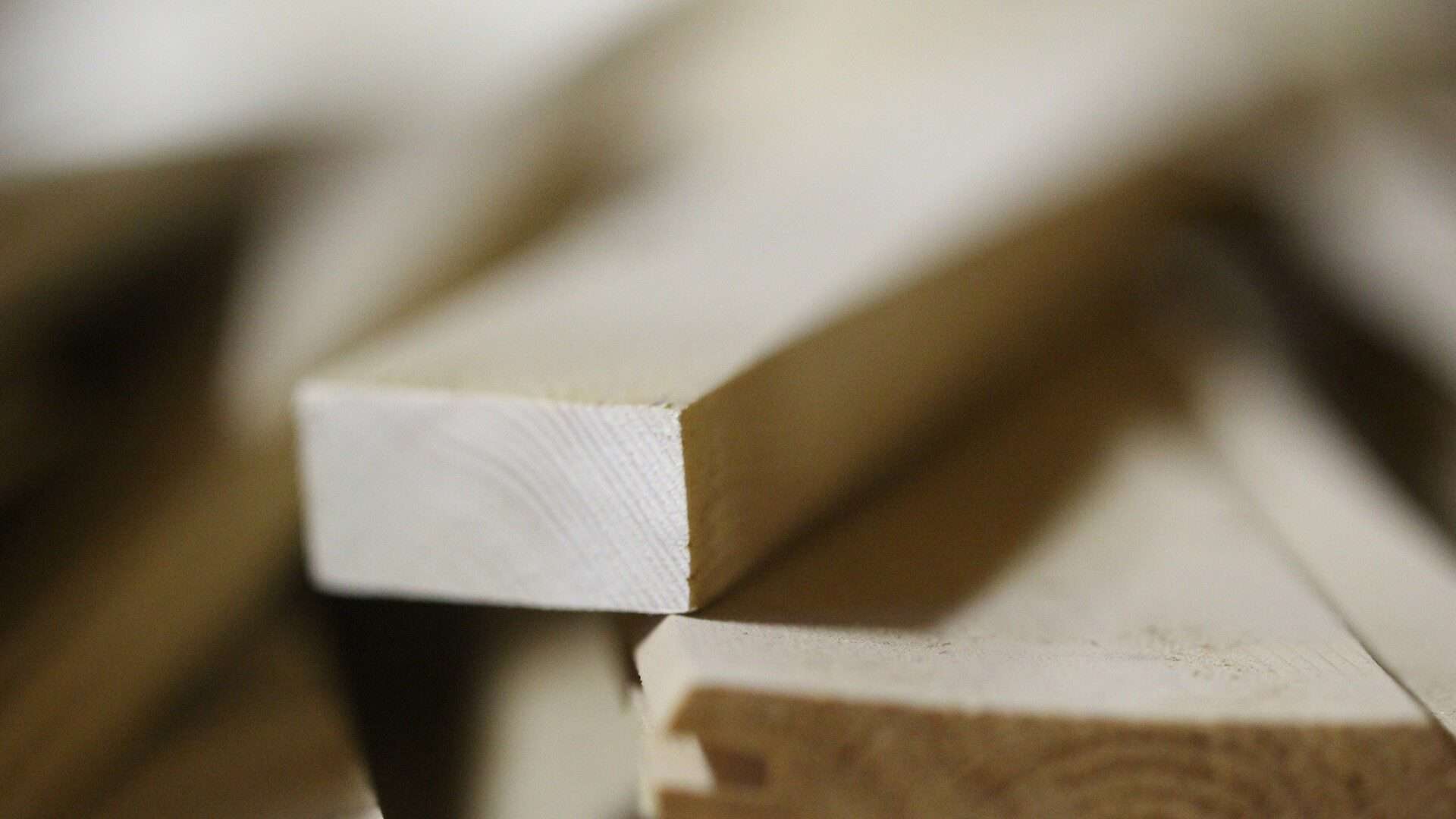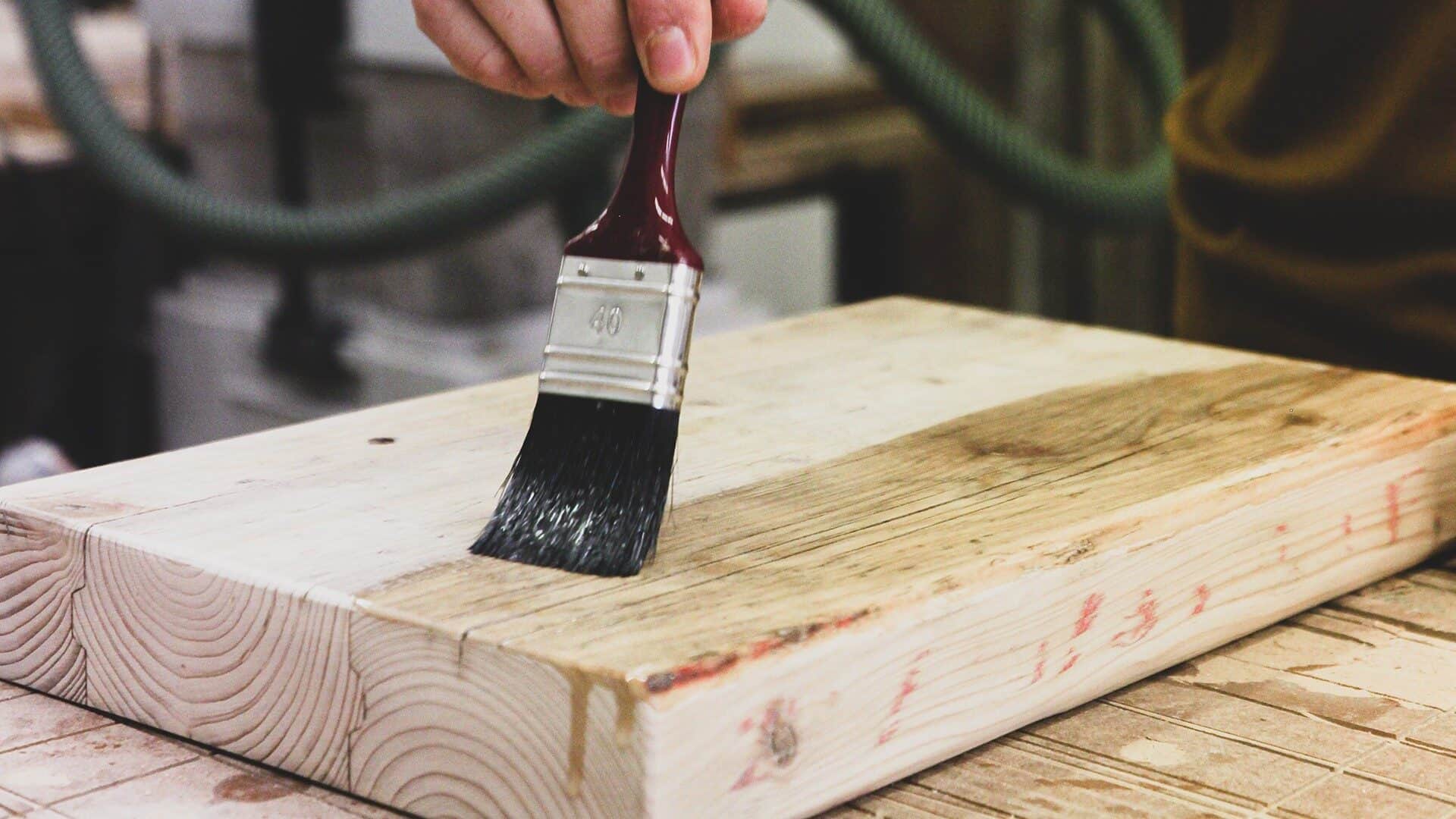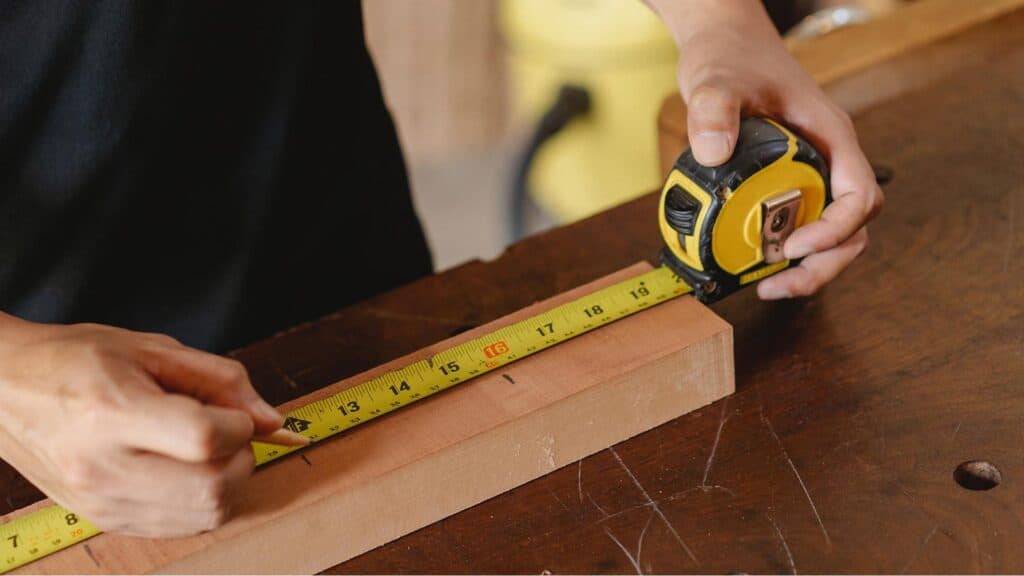When it comes to varnish vs stain, there are many things to consider. Both have their own unique benefits and drawbacks, which is why it can be difficult to decide which one is best for your project. In this article, we will explore the differences between varnish and stain, as well as their pros and cons. We will also discuss when you should use each one. So, whether you are a beginner or an experienced woodworker, read on for all the information you need to make the best decision for your next woodworking project!
Table of Contents
What is varnish?
Varnish is a clear, hard, protective finish that is typically used on wood. It is made from resin and can be either oil-based or water-based. Varnish protects the wood from scratches, stains, and UV damage.
There are three types of varnish finishes: glossy, semi-glossy, and matte. Varnish is also similar to paint in that it is a liquid that dries to a hard finish. However, varnish is different from paint in that it is see-through. This means that the varnish will not change the color of the wood, but rather enhance its natural beauty.
Important Characteristics of Wood Varnish
- Scratch-resistant: Varnish is more scratch-resistant than paint.
- Stain-resistant: Varnish is also more resistant to staining than paint.
- UV-resistant: Varnish protects the wood from UV damage, which can cause the wood to fade over time.
- Water-resistant: Varnish is waterproof, making it ideal for use on outdoor furniture or in high-humidity areas.
How to Apply Varnish
To apply varnish you need the following supplies:
- A clean, dry, lint-free cloth
- A varnish brush
- Sandpaper
- Varnish (oil or water-based)
- Filler
Stage 1: Sanding
Start by sanding the wood with a fine-grit sandpaper to create a smooth surface. Then, wipe down the wood with a clean, dry cloth to remove any dust.
Stage 2: Filling
Next, fill any cracks or holes in the wood with filler. Once the filler is dry, sand it down until it is flush with the rest of the wood.
Stage 3: Applying Varnish
Now you are ready to apply varnish! Begin by stirring the varnish well. Then, pour a small amount of varnish onto your brush and apply it to the wood in long, even strokes. Make sure to work in small sections so that the varnish does not dry before you have a chance to spread it evenly.
Once you have covered the entire surface with varnish, allow it to dry for at least 24 hours. Then, sand the wood lightly with a fine-grit sandpaper and apply a second coat of varnish. Allow the second coat to dry for at least 24 hours before using the furniture.
When to Apply Varnish
Varnish is typically used on wood that will be exposed to high traffic or harsh conditions, such as outdoor furniture or kitchen cabinets. Varnish is also a good choice for woodworking projects that require a high-gloss finish.
Ideally, varnish should be used for projects where you want to preserve the natural color of the wood. This is because varnish is see-through and will not change the color of the wood.
How to Remove Varnish
To remove varnish from your woodworking project, you will need:
- Varnish remover
- A putty knife
- Sandpaper
- A clean, dry cloth
Stage 1: Applying Varnish Remover
Start by applying varnish remover to the wood with a putty knife. Make sure to work in small sections so that the remover does not dry before you have a chance to spread it evenly.
Stage 2: Scraping Off the Varnish
Once the varnish remover has had a chance to work, use the putty knife to scrape off the varnish. If necessary, you can use sandpaper to remove any stubborn bits of varnish.
Stage 3: Cleaning the Wood
Finally, wipe down the wood with a clean, dry cloth to remove any residue. You may need to repeat this process if there is a lot of varnish build-up.
What is Stain?
Stain is a thin, pigmented liquid that is applied to wood to change its color. Unlike varnish, stain does not provide a protective layer. This means that stain is not as durable as varnish and will need to be reapplied more often.
There are two types of stain: oil-based and water-based. Oil-based stain penetrates deep into the wood, while water-based stain sits on the surface of the wood.
Water-based stain is easier to apply and clean up, but it does not penetrate as deeply into the wood. This means that water-based stain is not as durable as oil-based stain and will need to be reapplied more often.
Important Characteristics of Wood Stain
- Color: Stain is available in a wide range of colors, from light blond to dark brown.
- Drying time: Water-based stain dries quickly, while oil-based stain takes longer to dry.
- Viscosity: Stain should be thin enough to be applied easily, but thick enough to not run off the wood.
- Cost: Stain is typically less expensive than varnish.
How to Apply Stain
To apply stain, you will need:
Stain (oil or water-based)
A clean, dry cloth
A paintbrush or staining pad
Safety goggles and gloves
Stage 1: Applying the Stain
Start by stirring the stain well. Then, pour a small amount of stain onto your brush or staining pad and apply it to the wood in long, even strokes. Make sure to work in small sections so that the stain does not dry before you have a chance to spread it evenly.
Stage 2: Wiping Off the Stain
Once you have covered the entire surface with stain, use a clean, dry cloth to wipe off the excess. Wipe in the direction of the grain to avoid damaging the wood.
Stage 3: Allowing the Stain to Dry
Finally, allow the stain to dry for at least 24 hours before using the furniture.
When to Apply Stain
Stain is typically used on wood that will be exposed to low traffic or mild conditions, such as indoor furniture or picture frames. Stain is also a good choice for woodworking projects that require a natural-looking finish.
Stain is a good choice for woodworking projects that do not require a high-gloss finish. Stain is also a good choice for projects where you want to change the color of the wood.
How to Remove Stain
To remove stain from your woodworking project, you will need:
- Stain remover
- A putty knife
- Sandpaper
- A clean, dry cloth
Stage 1: Applying Stain Remover
Start by applying stain remover to the wood with a putty knife. Make sure to work in small sections so that the remover does not dry before you have a chance to spread it evenly.
Stage 2: Scraping Off the Stain
Once the stain remover has had a chance to work, use the putty knife to scrape off the stain. If necessary, you can use sandpaper to remove any stubborn bits of stain.
Stage 3: Cleaning the Wood
Finally, wipe down the wood with a clean, dry cloth to remove any residue. You may need to repeat this process if there is a lot of stain build-up.
Wood Varnish Pros and Cons
Pros:
– Varnish is a clear finish that does not change the color of the wood.
– Varnish provides a protective layer that helps to prevent scratches and other damage.
– Varnish is more durable than stain and does not need to be reapplied as often.
Cons:
– Varnish can be difficult to apply evenly.
– Varnish can yellow over time.
– Varnish is a glossy finish that may not be suitable for all projects.
Wood Stain Pros and Cons
Pros:
– Stain is available in a wide range of colors.
– Stain is easier to apply than varnish.
– Stain penetrates deeply into the wood, making it more durable.
Cons:
– Stain can be difficult to remove if you are not happy with the color.
– Stain can fade over time.
– Stain is less durable than varnish and will need to be reapplied more often.
Stain vs Varnish: Which is Better?
Varnish and stain both have their advantages and disadvantages. The best choice for your project will depend on the type of wood, the desired finish, and the level of protection you need.
Application – Wood Varnish vs Stain
Varnish is more difficult to apply than stain. Varnish can be difficult to get an even coat, and it can yellow over time. Stain is easier to apply and is available in a wide range of colors. However, stain can fade over time.
Winner: Tie
If you are looking for an easy-to-apply finish, then wood stain is the better choice. If you need a more durable finish, then varnish is the better choice. However, varnish can be difficult to apply evenly.
Preservation of the Natural Appearance of Wood – Varnish Wood Color vs Stain
Varnish is a clear finish that does not change the color of the wood. Varnish provides a protective layer that helps to prevent scratches and other damage. Stain is available in a wide range of colors and can penetrate deeply into the wood, making it more durable.
Winner: Varnish
If you want to preserve the natural appearance of the wood, then varnish is the better choice. Varnish will not change the color of the wood and will provide a protective layer against scratches and other damage.
Maintenance – Varnish vs Stain
Varnish is more durable than stain and does not need to be reapplied as often. Varnish can be time-consuming to remove if you are not happy with the color. Stain is less durable than varnish and will need to be reapplied more often. The glossy finish of varnish also makes it more resistant to dust and dirt.
Winner: Varnish
Varnish is the better choice for projects that do not require frequent maintenance. Varnish is more durable than stain and does not need to be reapplied as often. The glossy finish of varnish also makes it more resistant to dust and dirt.
Drying Time – Stain or Varnish
Varnish dries quickly and is ready to use in as little as 24 hours. Stain can take up to 48 hours to dry completely.
Winner: Varnish (Depends)
If you are looking for a finish that dries quickly, then varnish is the better choice. Varnish can be ready to use in as little as 24 hours, while stain can take up to 48 hours to dry.
Outdoor Use and UV Protection – Varnish vs Stain
Stains can often have additional UV protection to prevent fading. The way stain can differ from paint, varnish, and other finishes is that it penetrates the wood rather than sitting on top. This makes it ideal for outdoor use as it will not peel or chip as paint can. Varnish can also provide UV protection, but it is not as effective as stain. However, stain may be prone to fading if you don’t apply a polyurethane topcoat.
Varnish can come in three types: acrylic varnish, exterior varnish, and yacht varnish. Exterior varnish is the most durable and can withstand harsh weather conditions. Yacht varnish is a type of varnish that is designed to withstand saltwater conditions. These can be good options for outdoor furniture that will be exposed to the elements.
Winner: Tie
If you are looking for a finish that can withstand harsh weather conditions, then varnish or stain is a good choice. However, if you are looking for a finish that is more effective at preventing fading, then stain is the better choice.
Rot Prevention – Wood Varnish vs Wood Stain
Both varnish and stain can help to prevent rot. Varnish is a clear finish that does not change the color of wood and provides a protective layer against scratches. Stain is available in a wide range of colors and can penetrate deeply into the wood, making it more durable.
Winner: Tie
Without changing the wood’s natural appearance, polyurethane and wood stain protect your outside furniture and keep it from decaying. These two types of wood treatment are very comparable in this regard.
Exterior wood stains are comparable to varnish in terms of application, chemical composition, and performance. They provide a protective layer on the wood surface that seals the pores and prevents decay in the same way as a varnish.
Summary
Varnish is the better choice if you want to preserve the natural appearance of wood. Varnish is more durable than stain and does not need to be reapplied as often. The glossy finish of varnish also makes it more resistant to dust and dirt. However, varnish can be time-consuming to remove if you are not happy with the color.
Stain is less durable than varnish and will need to be reapplied more often. The way stain can differ from paint, varnish, and other finishes is that it penetrates the wood rather than sitting on top. This makes it ideal for outdoor use as it will not peel or chip as paint can. Stain is also available in a wide range of colors. However, stain may be prone to fading if you don’t apply a polyurethane topcoat.





